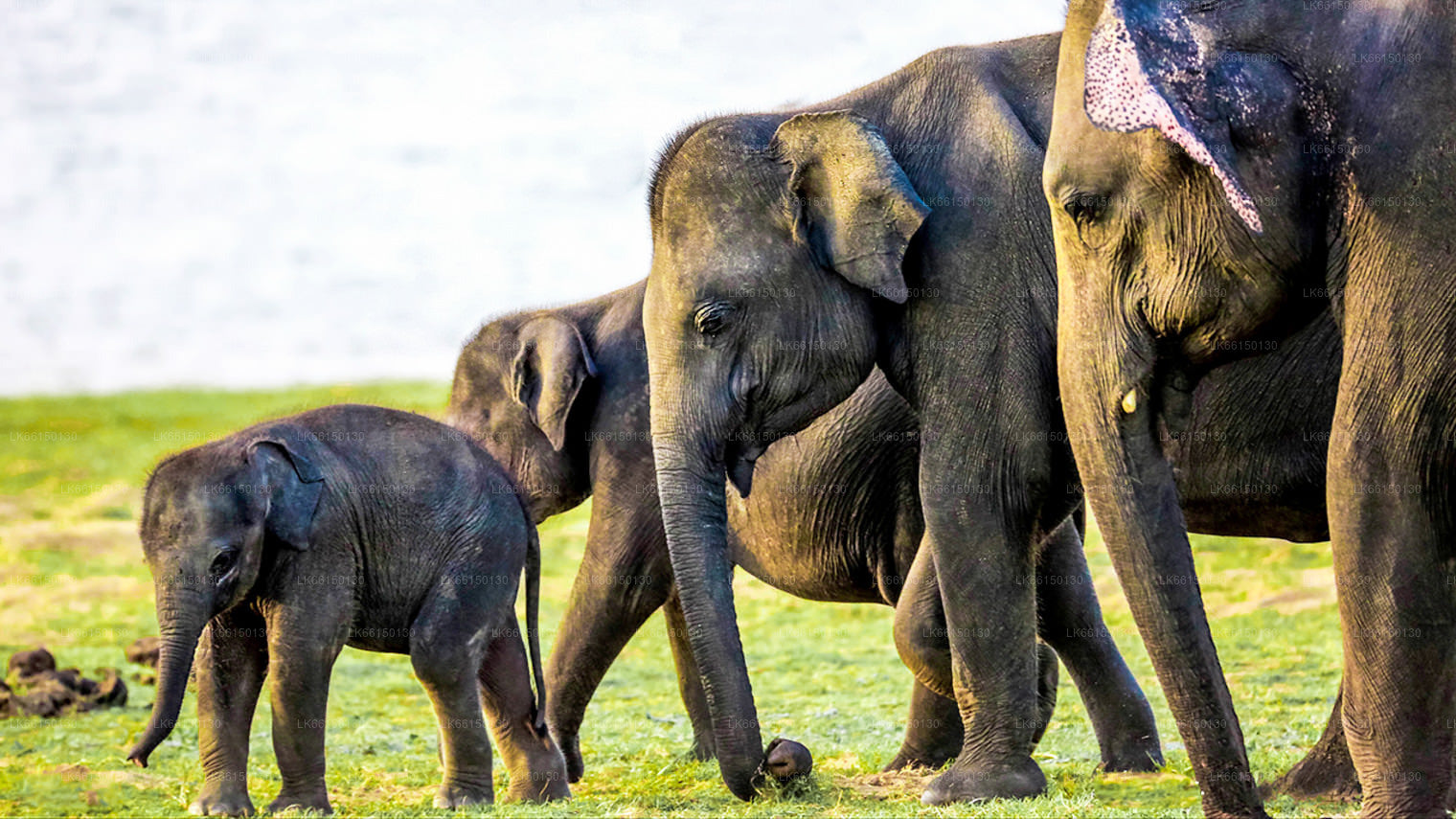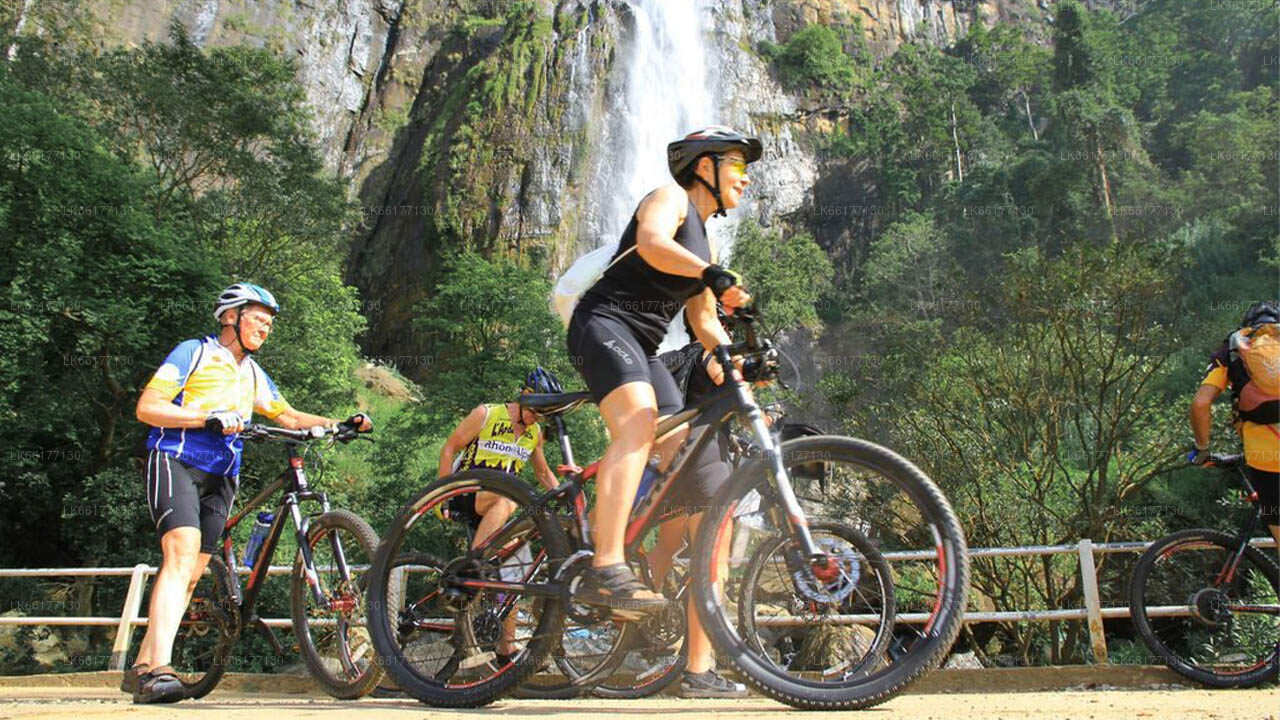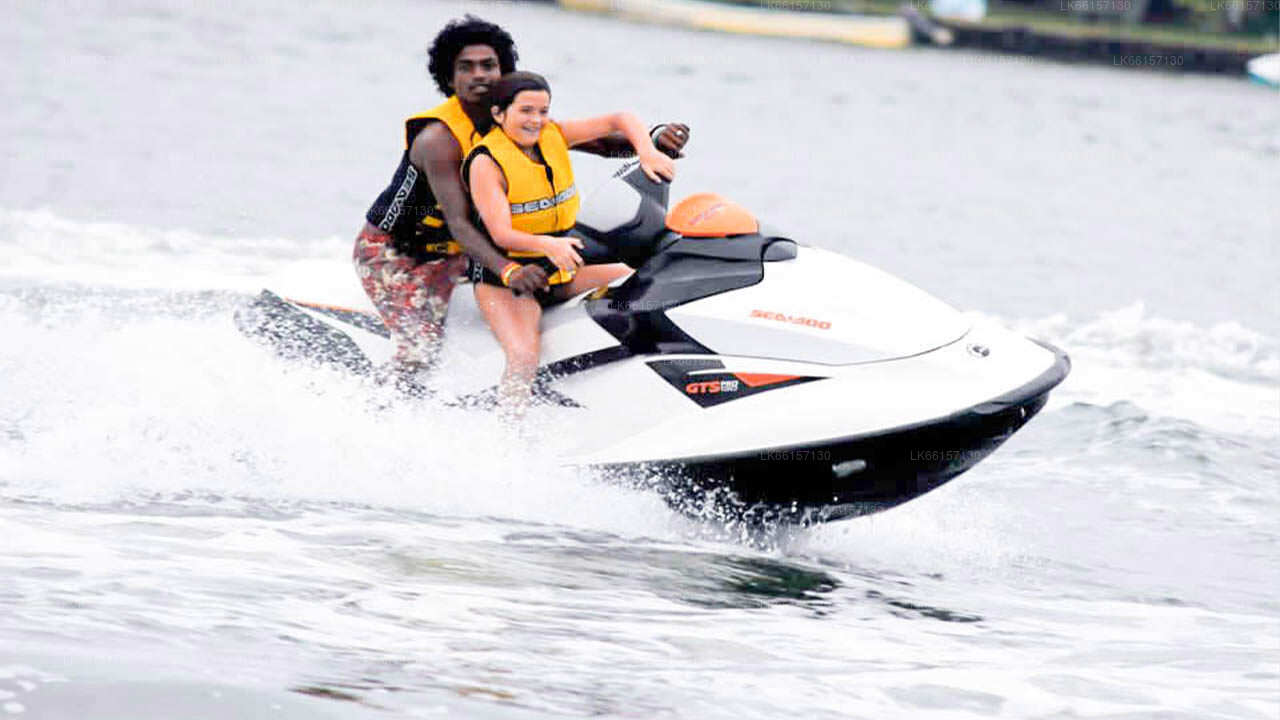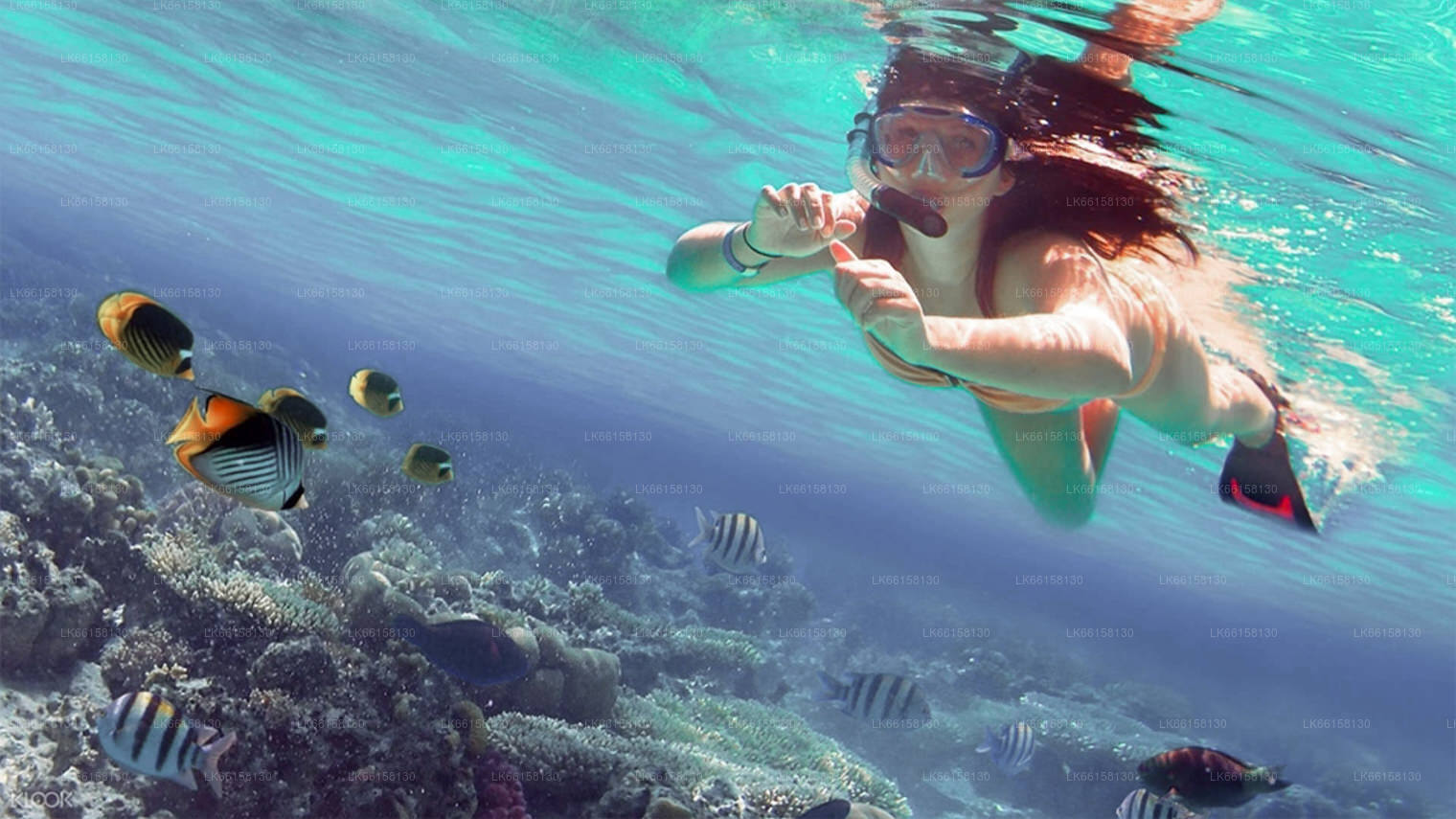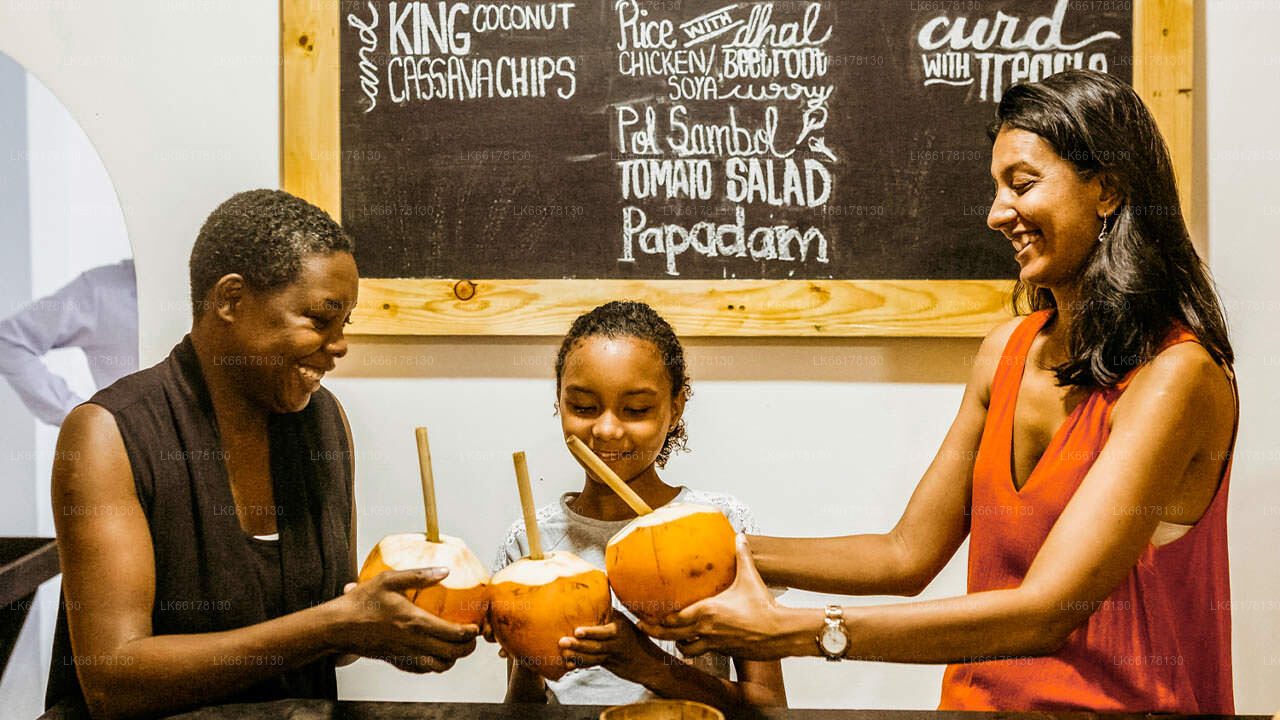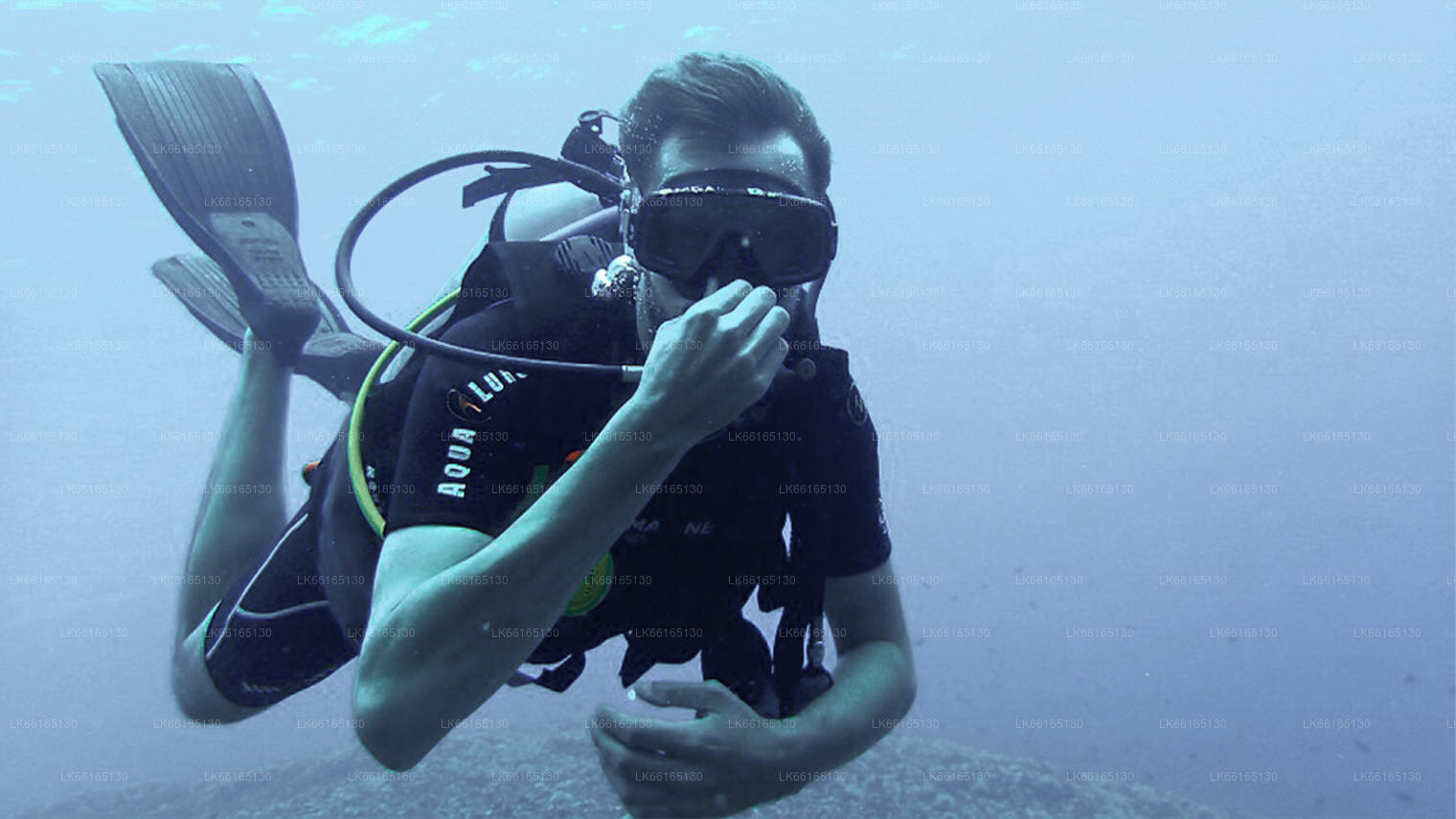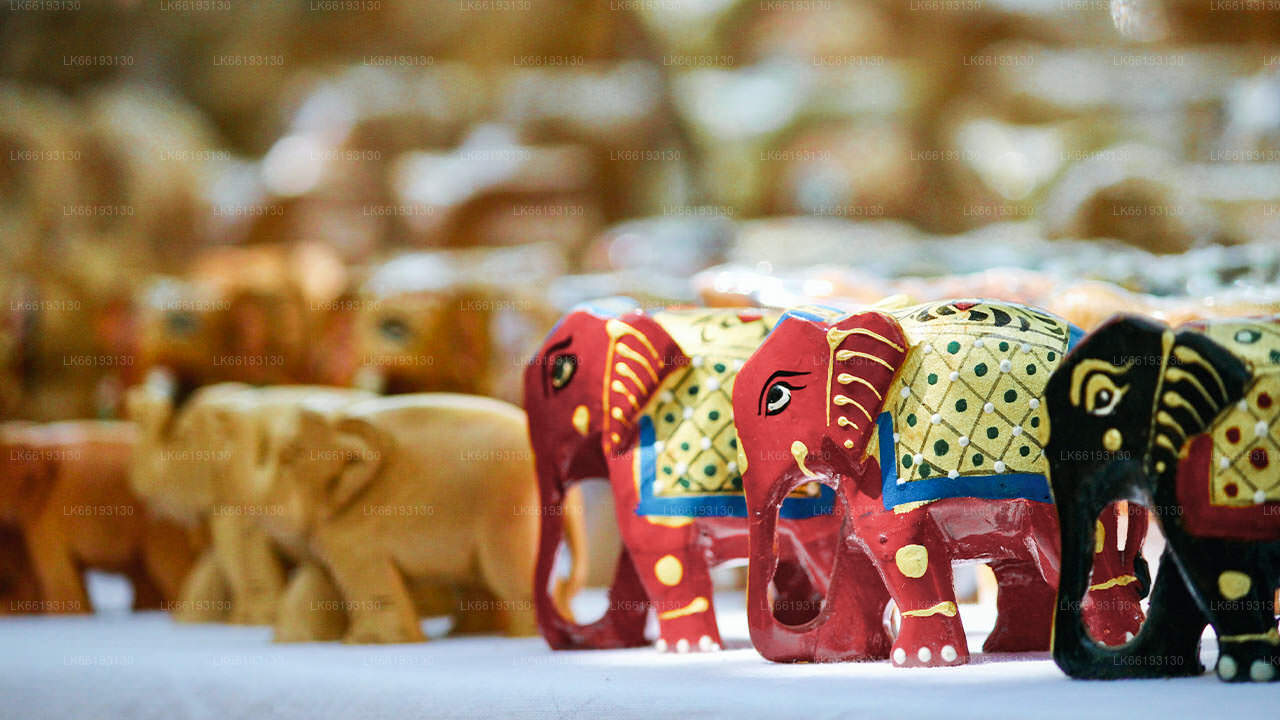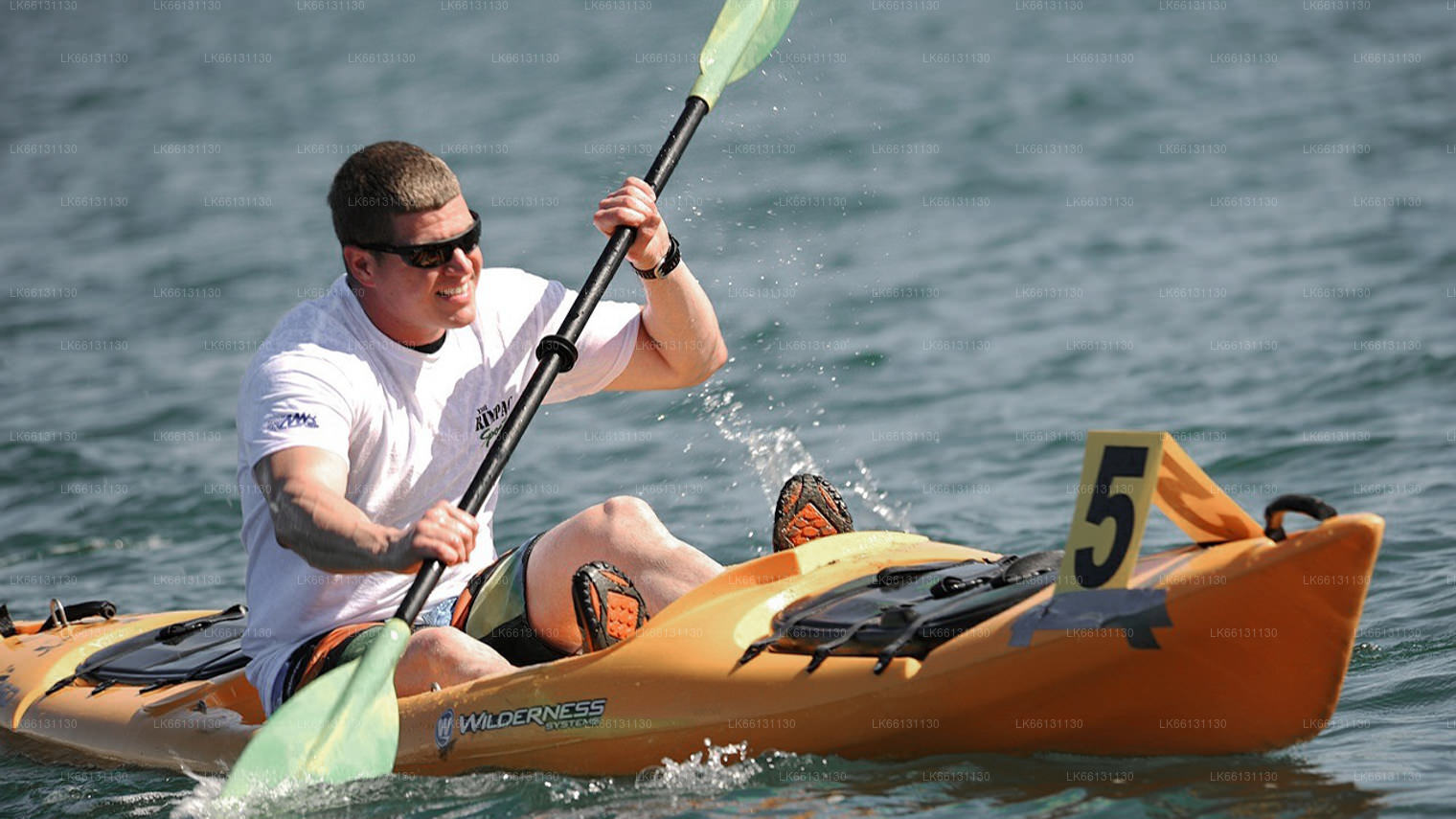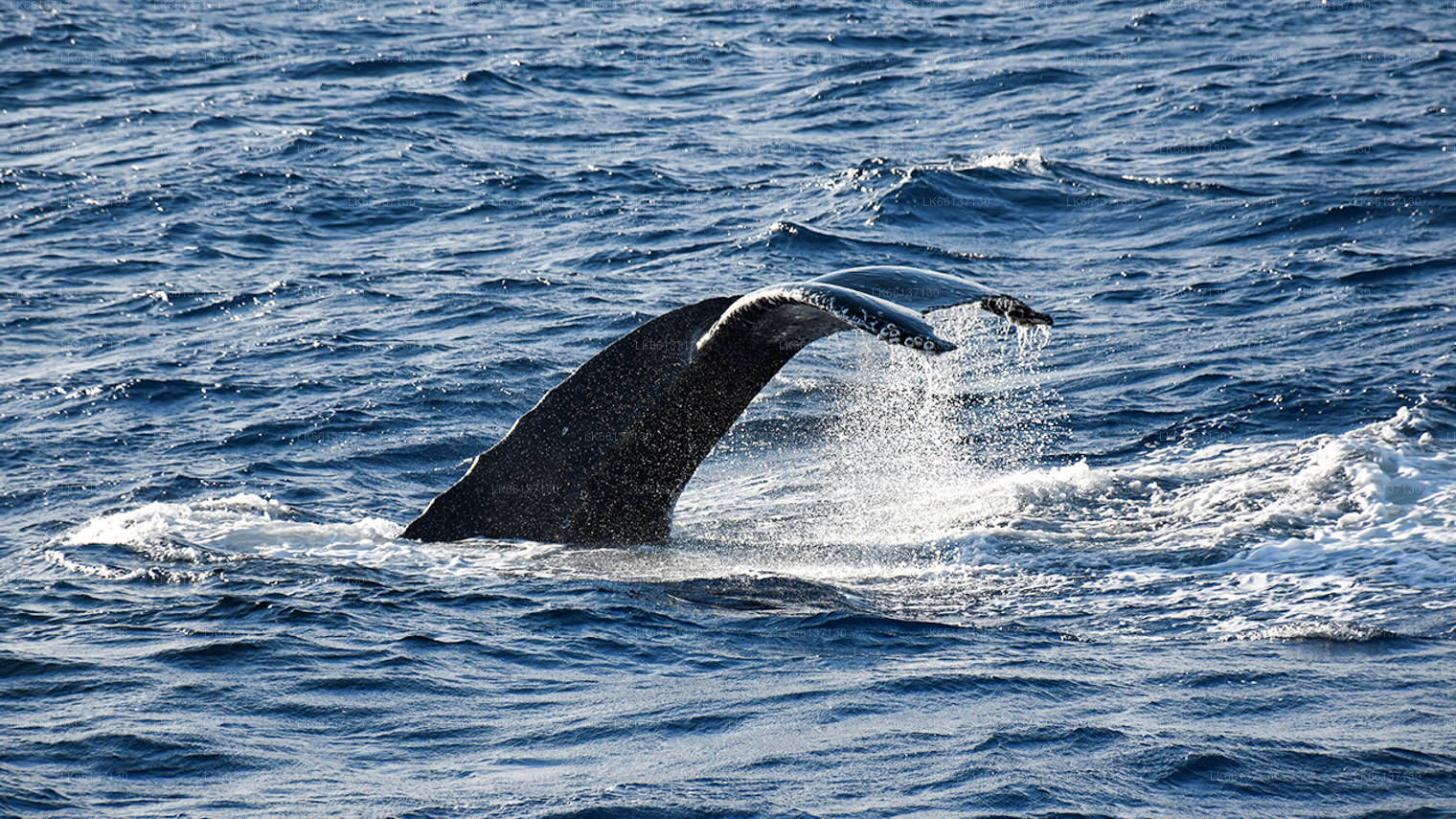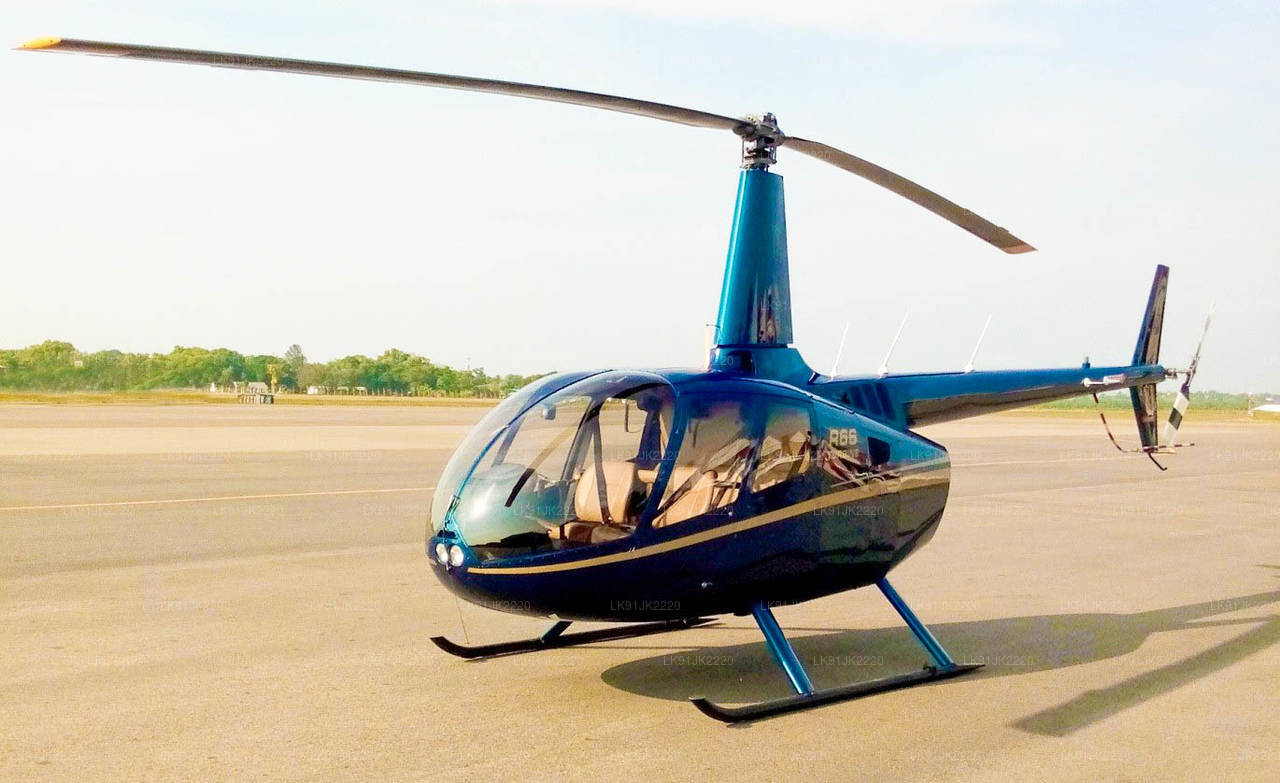
Bentota City
Bentota, a tropical paradise on Sri Lanka's southwest coast, invites you to unwind in its pristine beauty. Discover golden beaches, enjoy water sports on the Bentota River, and visit the vibrant Bentota Bazaar. Luxurious resorts, rich cultural experiences, and scenic landscapes make it an ideal coastal retreat.
Lunuganga Estate
Lunuganga estate is the brainchild of the late architect Geoffrey Bawa (23 July 1919 – 27 May 2003). This country home was his very first muse and his experimental laboratory; while remaining his go-to place for rest and relaxation as his fame increased throughout the years. Designed with the whimsical beauty and eccentric style typical of Bawa; the estate is filled with with a number of art and artifacts from all over Asia and Europe.
Location
The 6.1 hectares (15 acres) property is located on the banks of the Dedduwa Lake in Bentota; not far from the beautiful beaches in that area, and just a hour or so away from Galle. The estate was named Lunuganga by Bawa, ( it means Salt River in Sinhala: Loonu – Salt Ganga – River) for its closeness to a salty river.
History
Lunuganga Estate was used as a cinnamon plantation during the Dutch era and then a rubber plantation during the reign of the British. The estate had a small bungalow on site to accommodate the workers. Bawa, who had then been a newly appointed lawyer just called to the Bar at the Inner Temple, saw the place in 1947 and fell in love with the expansive gardens. However he was unable to purchase it at the time. In 1948, the bungalow was rented out to a local tax collector. In 1949, Geoffrey Bawa achieved his dream of purchasing the estate in its entirety and and planned to convert the bungalow into a weekend house and the rest of the estate into a tropical version of a European renaissance garden.
It was only after he undertook the project that Bawa recognised his lack of architectural knowledge; and so he went to England to study architecture. After qualifying as an architect he returning to Ceylon in 1958 and joined the architectural practice of Edwards, Reid and Beggs. Bawa began working on his house and the gardens in 1963, and continued to do so for 40 years until his death in 2003.
Since Bawa’s death in 2003, Lunuganga has been managed by a group of his close friends, who formed the Lunuganga Trust in his memory. The gardens are now open to the public and the buildings on the estate are run as a seasonal country home hotel.
Structure
The Lunuganga estate has a number of structures and gardens as Bawa experimented with spaces and structures. The main bungalow itself included large comfortable rooms, spacious living and sitting areas, many reading nooks, a library full of books with a few busts interspersed, dining rooms and etc. The garden had many more structures and is a masterpiece of space and beauty.
The Entrance Court:
The entrance court at Lunuganga was created as the main entry to the house after the remodeling by Geoffrey Bawa. At this point he changed th
About Galle District
Galle is a city situated on the southwestern tip of Sri Lanka, 119 km from Colombo. Galle is the best example of a fortified city built by Europeans in south and Southeast Asia, showing the interaction between European architectural styles and south Asian traditions. The Galle fort is a world heritage site and the largest remaining fortress in Asia built by European occupiers.
Galle is the best example of a fortified city built by Europeans in south and Southeast Asia, showing the interaction between European architectural styles and south Asian traditions. The Galle fort is a world heritage site and the largest remaining fortress in Asia built by European occupiers.
Galle is a sizeable town, by Sri Lankan standards, and has a population of 91,000, the majority of whom are of Sinhalese ethnicity. There is also a large Sri Lankan Moor minority, particularly in the fort area, which descend from Arab merchants that settled in the ancient port of Galle.
About Southern Province
The Southern Province of Sri Lanka is a small geographic area consisting of the districts of Galle, Matara and Hambantota. Subsistence farming and fishing is the main source of income for the vast majority of the people of this region.
Important landmarks of the Southern Province include the wildlife sanctuaries of the Yala and Udawalawe National Parks, the holy city of Kataragama, and the ancient cities of Tissamaharama, Kirinda and Galle. (Although Galle is an ancient city, almost nothing survives from before the Portuguese invasion.) During the Portuguese period there were two famous Sinhalese poets called Andare who was from Dickwella and Gajaman Nona who was from Denipitiya in Matara District, composing poems on common man.





